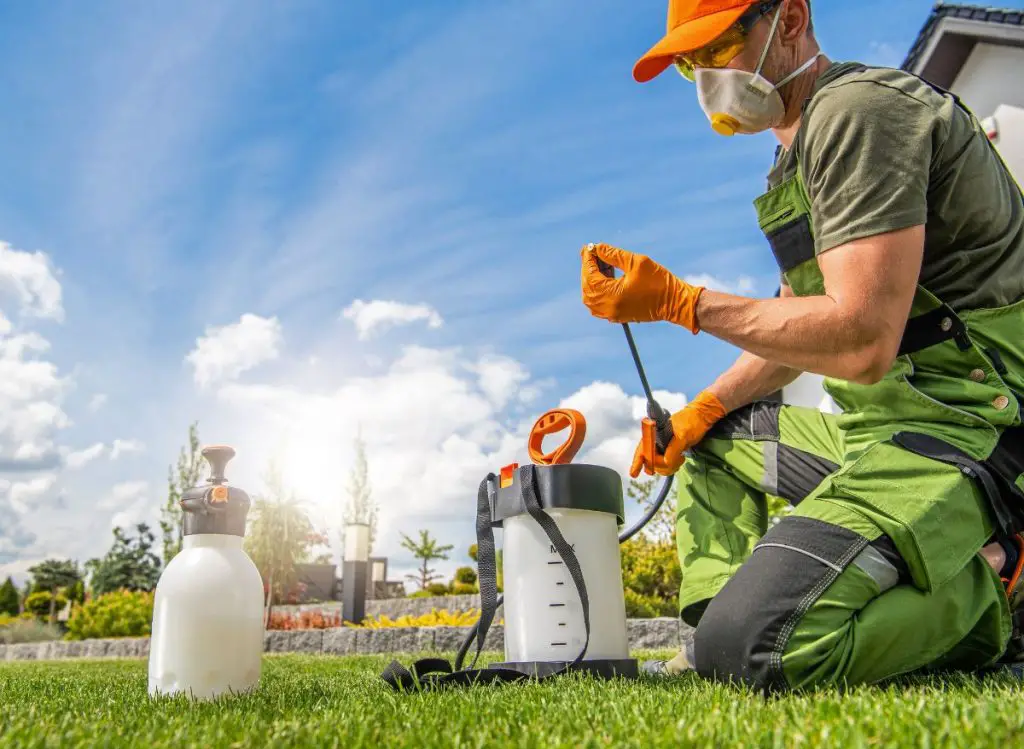
When it comes to gardening, the right fertilizers are essential for healthy and productive plants. Most gardeners opt for dry fertilizers, as they are affordable and easy to use. However, did you know that dry fertilizers can also be turned into liquid fertilizers with just a few steps?
Liquid fertilizers are a great option for gardeners looking for a quick and easy way to provide their plants with nutrients. And generally, liquid fertilizers are easier to apply and are absorbed faster by plants than dry fertilizers.
Read on to find out how to make liquid fertilizer from dry fertilizer to give your plants the nutrients they need. If you wonder whether fertilizer and plant food are the same, I wrote a whole article that I encourage you to read.
Benefits Of Applying Liquid Fertilizers
There are several advantages of liquid fertilizer. For instance, liquid fertilizers reduce the amount of time it takes for plants to absorb nutrients. Plants love liquid fertilizers and will take up nutrients almost immediately when they are applied to the soil.
To make liquid fertilizer from dry fertilizer:
- Mix one cup of dry fertilizer into a gallon of warm water and stir until the fertilizer is completely dissolved.
- Keep in mind that most dry fertilizers have high solubility, making them ideal for creating liquid fertilizers.
Another benefit of using liquid fertilizers is that they allow you to target specific plants that require a particular nutrient. For example, if you have nitrogen-deficient plants, you can make a liquid fertilizer of high nitrogen content to address the nutritional needs of those plants.
When making liquid fertilizer, you should consider the type of fertilizer you are using and the nutrient needs of the plants in your garden. For instance, some types of fertilizers are rich in nitrogen, while others have more potassium and phosphorus.
To make your liquid fertilizer more powerful and effective, you can add other organic materials. For example, you can include fish emulsion, which is high in nitrogen, to make a liquid fertilizer suitable for leafy vegetables like lettuce.
Another option is to add bone meal to the mix to increase the concentration of phosphorus, which is essential for root development.
In addition, you can add seaweed extract, which contains micronutrients like iron, zinc, and magnesium, to your liquid fertilizers.
Remember that it is essential to apply liquid fertilizer correctly to get the best results. When applying liquid fertilizer:
- Ensure the soil is sufficiently damp.
- Then apply the fertilizer directly to the roots.
- You can use a watering can or a pump sprayer to apply the liquid fertilizer evenly over the soil.
- Finally, avoid over-fertilizing your plants, as it can burn the roots and affect plant growth.
How to Make Liquid Fertilizer from Dry Fertilizer
Gardening is an enjoyable activity that helps reduce stress and produce fresh vegetables and fruit. However, to achieve a bountiful harvest, it is essential to provide your plants with adequate nutrients that they might not be getting from the soil.
One way to ensure your garden gets the necessary nutrients is by using liquid fertilizer. Liquid fertilizers are readily absorbed by plants and allow you to target specific plants that need particular nutrients.
Here’s how to make liquid fertilizer from dry fertilizer:
Step 1: Choose Your Dry Fertilizer
The first step in making liquid fertilizer from dry fertilizer is to choose the right dry fertilizer. Most dry fertilizers can be used for making liquid fertilizers, but you want to avoid products that contain herbicides or pesticides.
Some popular dry fertilizers that can be used for making liquid fertilizer include fish emulsion, bone meal, blood meal, and cottonseed meal.
Step 2: Mix The Dry Fertilizer With Water
Once you have your dry fertilizer, the next step is to mix it with water. The ratio of dry fertilizer to water will depend on the type of fertilizer you’re using. As a general rule, you should aim for one pound of dry fertilizer per gallon of water.
However, always refer to the manufacturer’s instructions for specific ratios. Mix the fertilizer and water in a large container, such as a bucket or watering can.
Step 3: Let The Mixture Steep
After mixing the dry fertilizer and water, it is time to let the mixture steep. Leave the container in a cool, dark place for at least 24 hours. This will give the fertilizer time to dissolve and create a nutrient-rich liquid.
Step 4: Strain the Mixture
Once the mixture has steeped for at least 24 hours, it’s time to strain it. I recommend you use a strainer or cheesecloth to remove any solid particles from the liquid. You may need to strain the mixture a few times to ensure that all solids are removed.
Step 5: Apply the Liquid Fertilizer
Your liquid fertilizer is now ready to use! Apply it to your plants just as you would any other fertilizer. You can use a watering can or pump sprayer to apply the fertilizer to the soil around the base of the plants.
Alternatively, you can use foliar spray to apply the fertilizer to the leaves of the plants.
To learn more about how to make liquid fertilizer from dry fertilizer.
What to read next:
- Is Miracle-Gro Good for Vegetable Gardens? Everything You Need to Know!
- Can You Truly Put Coffee Grounds In Potted Plants? (Here’s the truth!)
- Which Plants Like Coffee Grounds? (And how to grow them properly!)
Wrapping Up
Making liquid fertilizer from dry fertilizer is a simple and affordable way to provide your plants with nutrients.
By following the steps discussed in this article, you can turn any dry fertilizer into a nutrient-rich liquid that will promote healthy and productive plants.
I encourage you to experiment with different types of dry fertilizers to see which ones work best for your garden. Happy gardening!

